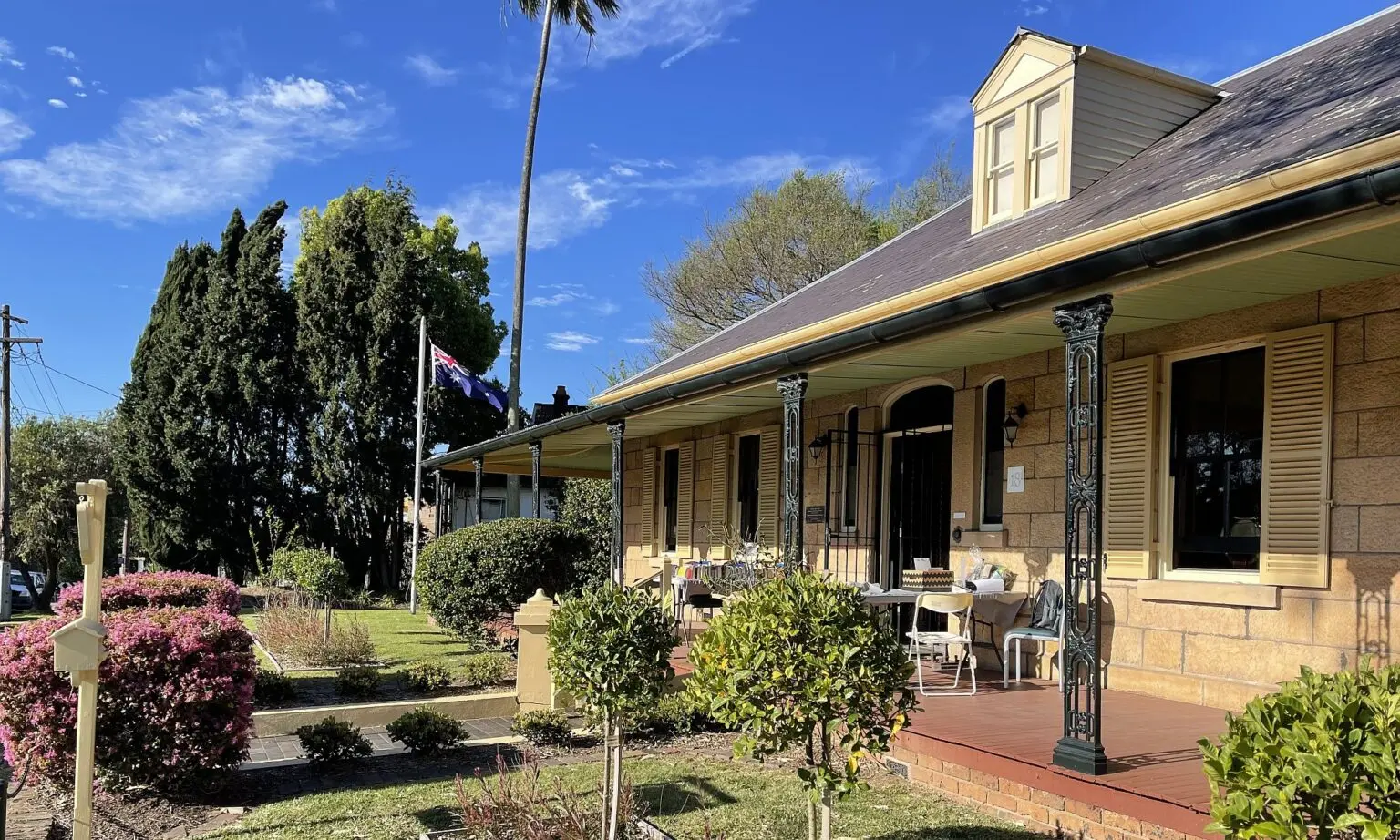by Jeff Kildea*

The first quarter of the twenty-first century has seen several exposés of institutional practices that occurred during the twentieth century. Institutions once considered sacrosanct, including the Catholic Church, have not escaped critical examination. Harsh judgments have often been made. While care must be taken in applying contemporary mores to actions done in the past, certain standards are universal and objective and we should not shrink from applying them when looking at the past. The exposure and condemnation of clerical sexual abuse in the Catholic Church and its cover up is an example of the appropriate application of those standards.
Nevertheless, a just assessment of practices of the past can only be made with knowledge of the facts and circumstances that shaped those practices. Many cases are not as black and white as some assessments make out, particularly those in the popular media. Often the black core of malpractice is surrounded by a grey penumbra. Therefore, an historian making a judgment of past practices must not only be well informed as to the facts of the case and its historical context but also discerning as to its nuances. A case in point is a recent program on ABC Radio National concerning Magdalen laundries.
On 8 August 2023 the ABC broadcast a program in its ‘The History Listen’ series entitled ‘The Missing Magdalens’ about St Magdalen’s Retreat, Tempe. The program is described on the ABC web site as follows:
Magdalene Laundries for “fallen women” date back to 12th century Europe. These were Catholic-run institutions to reform “wayward” women, known as Magdalens, through strict religious observance and hard work. Recently in Ireland, shocking revelations have come to light about the conditions these women endured. But this was somewhere else, not Australia. Until Donna Abela found that a Magdalene laundry once existed near her home in Sydney, at Tempe. Donna goes in search of Tempe’s Missing Magdalens. She stumbles across a hidden story and reveals a very personal one of her own. (1)
Readers of the Journal of the Australian Catholic Historical Society will not be as surprised as Donna Abela to learn that Magdalen laundries existed in Australia or that there was one at Tempe. In 2013 the journal carried a personal account of an inmate of a Magdalen laundry in Hobart and published a detailed article on the subject by James Franklin in which he discussed St Magdalen’s, Tempe. More than a decade before those articles appeared, Margaret Walsh wrote a book on the Sisters of the Good Samaritan in which she discussed several laundries run by the order, including the one at Tempe. And in 1987 historian Judith Godden wrote about women’s refuges run by Catholics and Protestants in the late nineteenth century that referred to St Magdalen’s. (2)
What distinguishes Franklin’s and Walsh’s, and Godden’s assessments from ‘The Missing Magdalens’ is that they describe not only the black core of malpractice but also the grey penumbra. They acknowledge the shortcomings and abuses that took place inside these institutions but do so considering the broader context and the nuances. In his article, Professor Franklin observed:
They [Magdalen laundries] began as refuges but turned into prisons. … As the laundries came to be used as dumping grounds for girls picked up by the police, got rid of by their parents and stepparents, or sent on by jails and other institutions, they turned into penal institutions with locks, barred windows and walls. The attitudes of inmates followed suit.
In his conclusion, Franklin made the following points:
First, the sisters faced an immensely difficult task, and one that only they were prepared to take on. It was a task they performed without material benefit to themselves. … Second, there is an issue about the perceptions of people from backgrounds as disturbed and deprived as many of the girls in the laundries. Put simply, those who do not receive love early have difficulty perceiving positive human interactions. … Yet when all that is fully taken into account, the consistent story of former inmates includes a high level of gratuitous positive cruelty and emotional deprivation.
The story of Magdalen laundries in Australia is one that should be more widely known and it is right that the ABC should play a part in bringing that story to a wider audience. But ‘The Missing Magdalens’ fails to tell it well. Apart from the program’s general lack of balance referred to below, the ‘hidden story’ across which Donna Abela stumbled and which forms the basis of the program’s judgments about conditions at Tempe, was exposed as fraudulent more than a century ago.
Continue reading in the Journal of the Australian Catholic Historical Society, vol 44, 2023, page 42.
* Dr Jeff Kildea is Honorary Professor in Irish Studies at the University of New South Wales. In 2014 he held the Keith Cameron Chair of Australian History at University College Dublin. He is the author of many books and articles on the Irish in Australia.
- https://www.abc.net.au/listen/programs/the-history-listen/the-history-listen-magdalen-laundry-tempe-catholic/102620008
- Janice Konstantinidis, ‘Life in “The Mag”‘, Journal of the Australian Catholic Historical Society, Vol. 34, 2013, pp. 91–102; James Franklin, ‘Convent Slave Laundries? Magdalen Asylums in Australia’, Journal of the Australian Catholic Historical Society, Vol. 34, 2013, pp. 70–90; Margaret Walsh, The Good Sams: Sisters of the Good Samaritan 1857–1969, John Garratt, Mulgrave, Vic., 2001; Judith Godden, ‘Sectarianism and Purity Within the Woman’s Sphere: Sydney Refuges During the Late Nineteenth Century’, Journal of Religious History, Vol. 14, No. 3, 1987, pp. 291–306.

